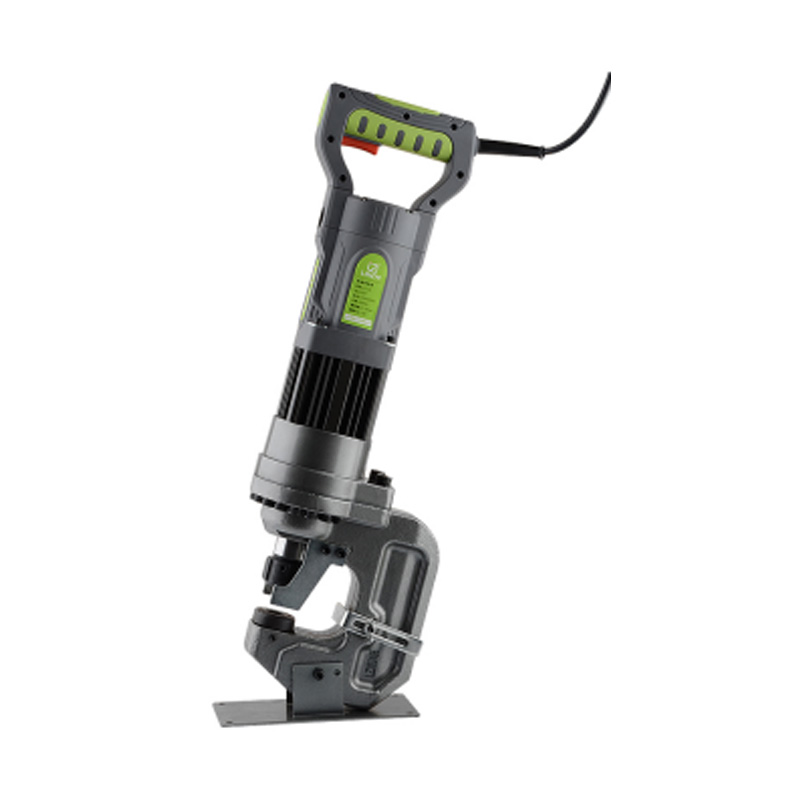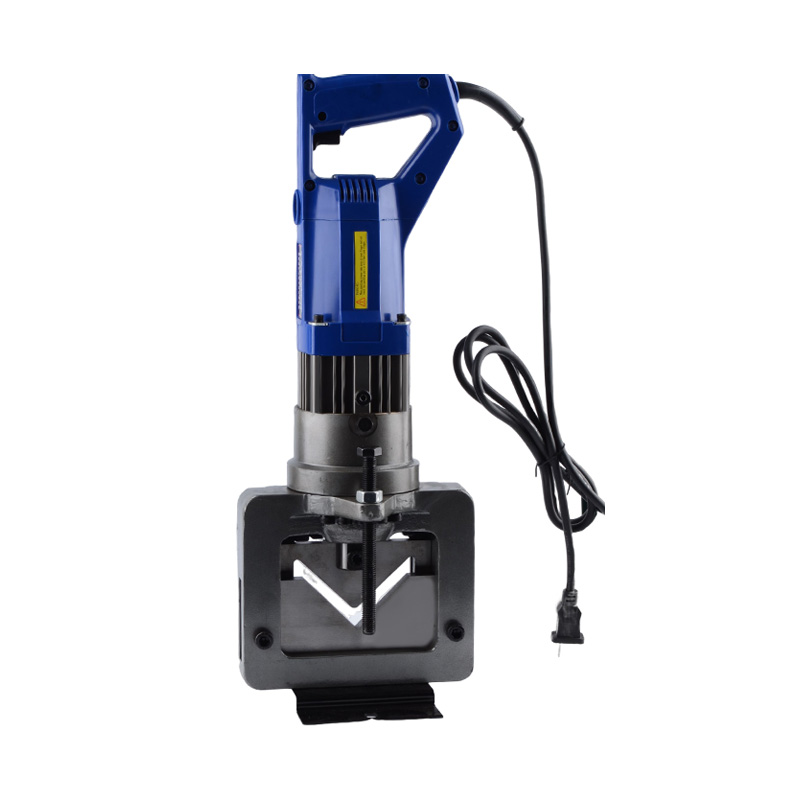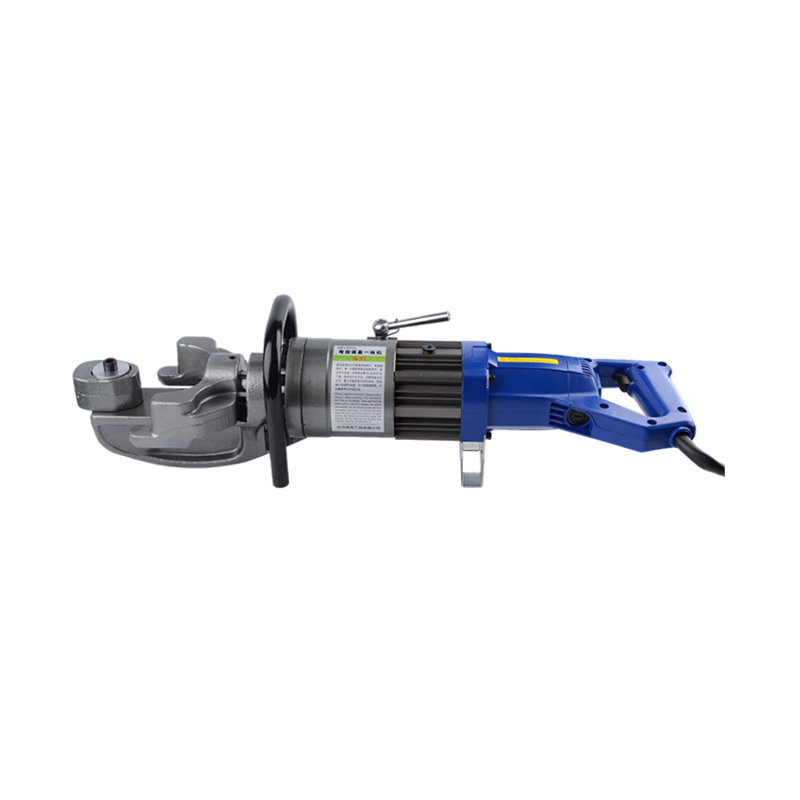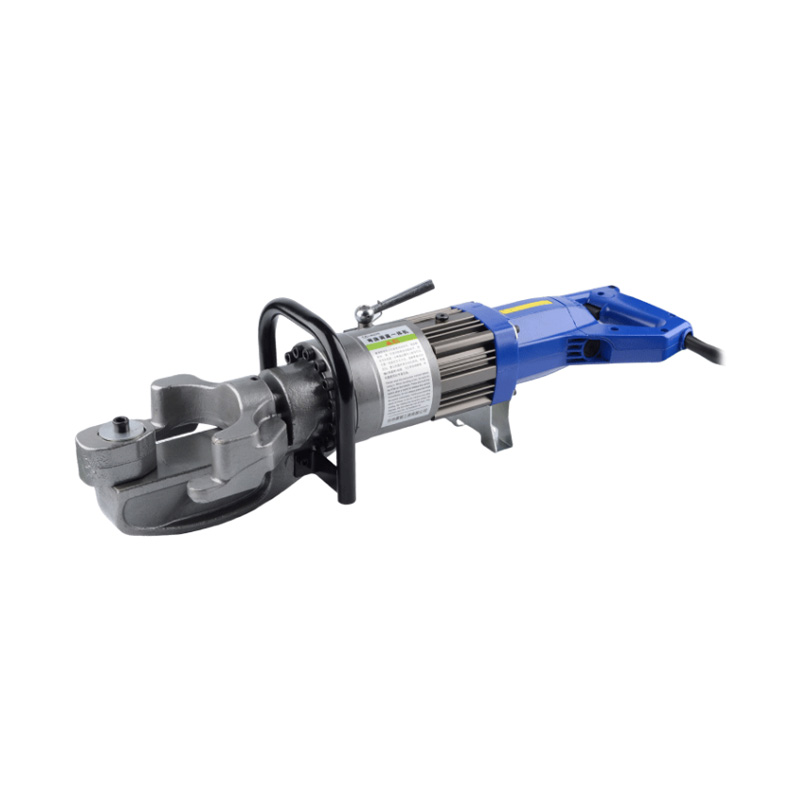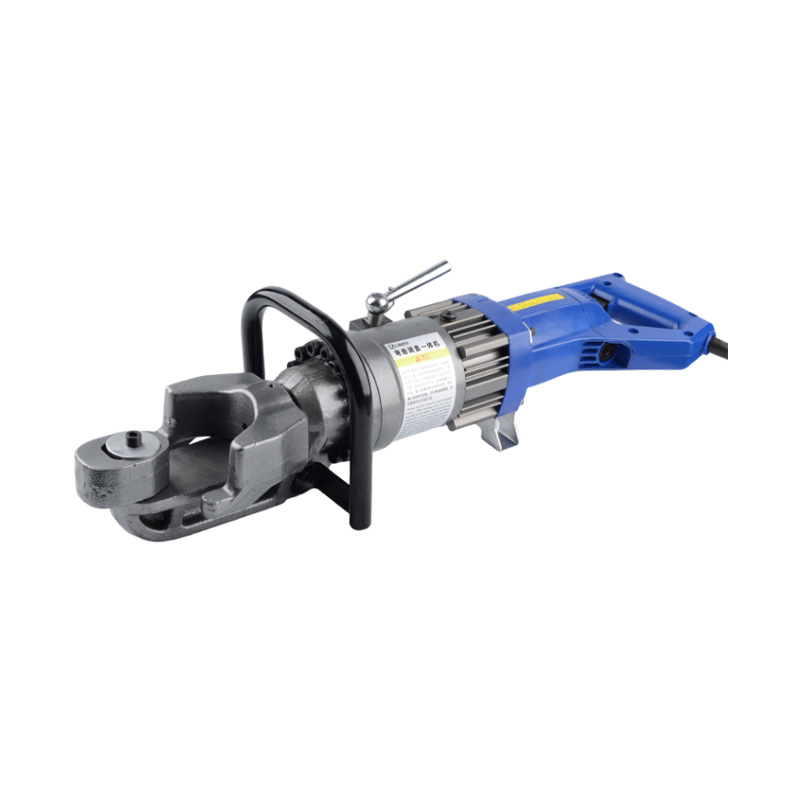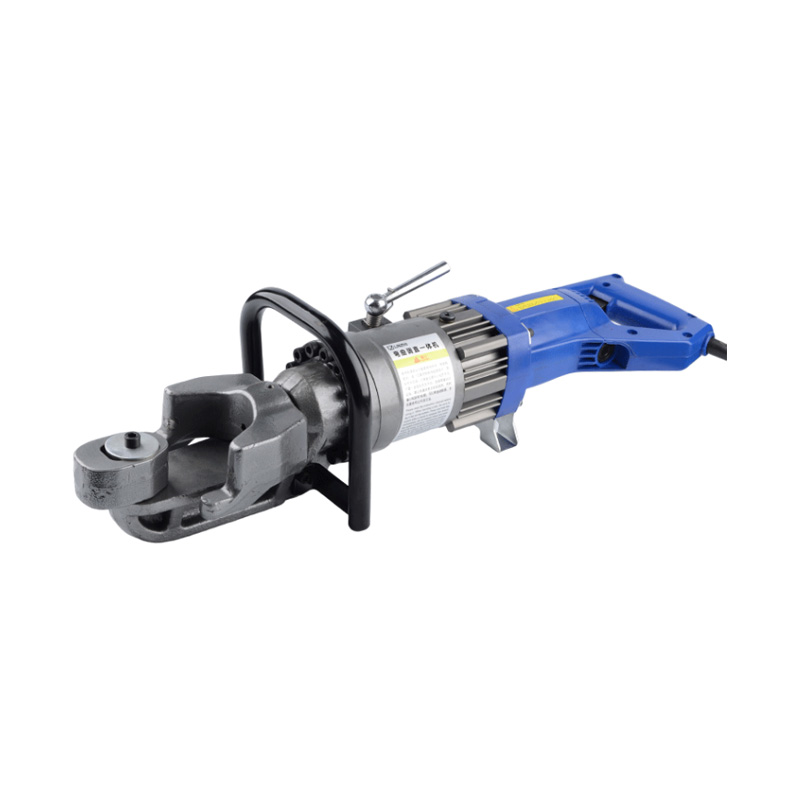In the world of mechanical motion and force generation, few components are as fundamental and widely recognized as the hydraulic cylinder. This robust device serves as a critical actuator within hydraulic systems, transforming the energy from pressurized fluid into powerful linear motion and force. The operational principle of a hydraulic cylinder is both elegant and effective, relying on the incompressible nature of hydraulic oil. When pressurized fluid is directed into one side of the cylinder barrel, it acts upon a piston, forcing the piston rod to extend or retract. This simple yet powerful action provides the muscle for an immense variety of applications, from lifting colossal weights to performing precise, repetitive movements in automated machinery.
The design and construction of a hydraulic cylinder are tailored for durability and performance under demanding conditions. A typical hydraulic cylinder consists of several key components: a cylinder barrel, a piston, a piston rod, and end caps. The cylinder barrel acts as the main pressure vessel, while the piston, equipped with seals, divides the internal space into two chambers. The piston rod transmits the generated force to the external load. The integrity of a hydraulic cylinder heavily depends on the quality of its sealing system, which prevents fluid leakage and maintains pressure. These components are manufactured from high-strength materials, such as hardened steel for the piston rod and precision-grade tubing for the barrel, to withstand high pressures and resist wear over time.
The applications for the hydraulic cylinder are virtually limitless, spanning numerous sectors of industry and mobile equipment. In the construction industry, a hydraulic cylinder is the component that enables an excavator's arm to dig, a bulldozer's blade to push earth, and a crane's boom to lift heavy materials. Manufacturing plants utilize numerous hydraulic cylinders in metal presses, plastic injection molding machines, and material handling equipment. The agricultural sector relies on them for tractor implements, steering mechanisms, and harvesting equipment. The reliable, powerful linear motion provided by a hydraulic cylinder makes it an indispensable component in any situation requiring substantial, controlled force.
The performance of a hydraulic cylinder is characterized by its bore size, rod diameter, stroke length, and pressure rating. The bore size directly influences the force a hydraulic cylinder can generate, while the stroke length determines its range of motion. Proper mounting arrangements are also crucial for the longevity and correct function of a hydraulic cylinder, ensuring that forces are transmitted without causing undue stress or misalignment. The selection of an appropriate hydraulic cylinder for a specific task requires careful consideration of these parameters to ensure both operational efficiency and service life.
Ongoing development in the field of hydraulic systems continues to influence the evolution of the hydraulic cylinder. Trends toward higher efficiency, reduced environmental impact, and smarter connectivity are shaping new designs. Innovations in sealing technology aim to further less friction and leakage, while new surface treatments for piston rods enhance corrosion resistance. The integration of sensor technology directly onto or within a hydraulic cylinder is also progressing, allowing for real-time monitoring of parameters like position, pressure, and temperature. This data enables predictive maintenance and more sophisticated machine control. As a cornerstone of industrial power, the hydraulic cylinder remains a dynamically evolving component, continuously adapting to meet the demanding requirements of modern machinery.
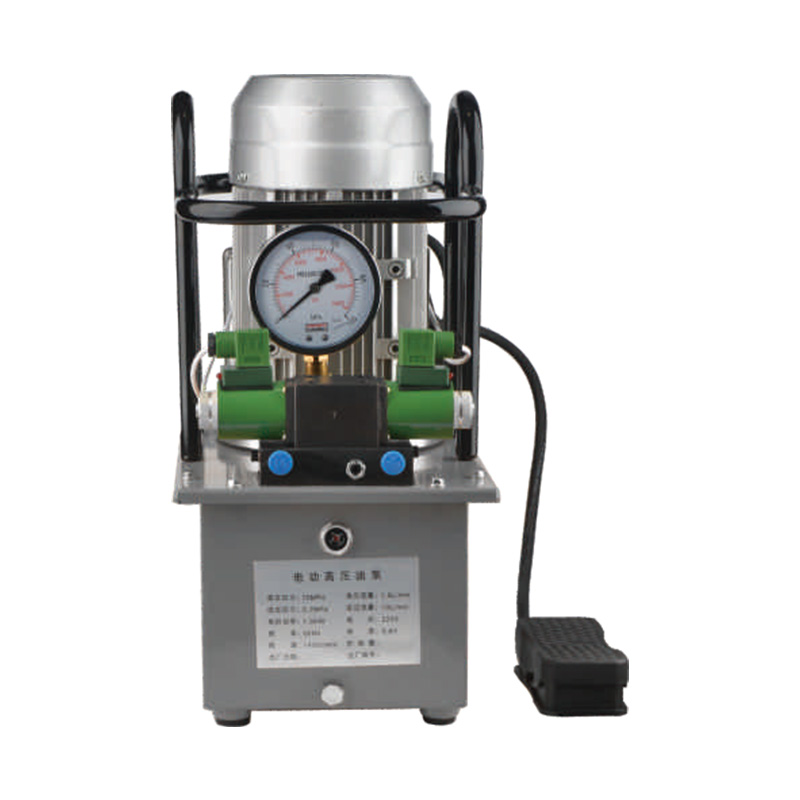

 English
English 中文简体
中文简体 русский
русский GET A QUOTE
GET A QUOTE